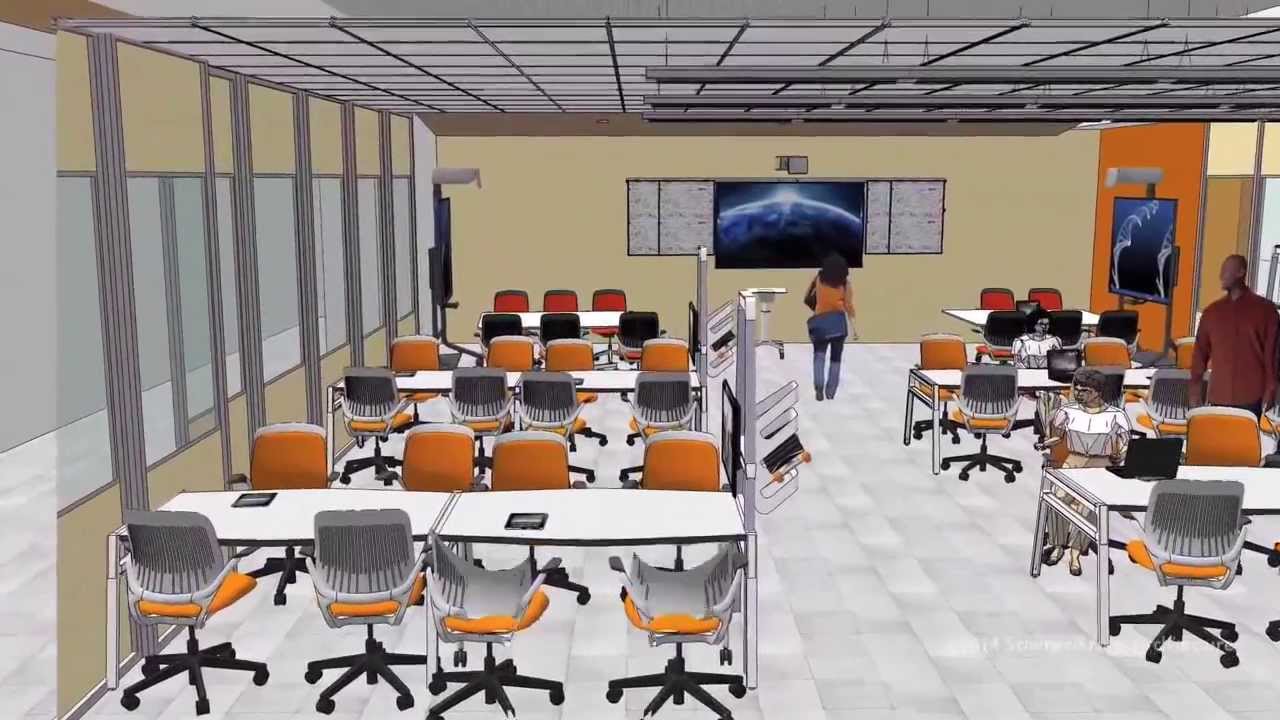Introduction: The Evolution of Learning Spaces
The architecture of education has come a long way from the rigid, uniform classrooms of the past. Today’s schools are vibrant, flexible spaces that reflect the dynamic nature of modern learning. As education evolves, so too must the spaces in which it takes place. This article delves into the importance of school infrastructure and how it can shape the learning experience.
The Impact of Infrastructure on Learning
The environment in which students learn plays a pivotal role in their academic success. A well-designed school can:
- Boost Engagement: Bright, airy, and stimulating environments can increase student participation and attentiveness.
- Foster Collaboration: Open spaces and movable furniture facilitate group activities and discussions.
- Enhance Well-being: Natural light, green spaces, and ergonomic furniture can improve student health and mood.
Key Elements of Modern School Design
- Flexible Classrooms: Modern classrooms can easily be reconfigured to suit different teaching styles and activities.
- Tech-Integrated Spaces: With the rise of digital learning, schools need spaces equipped with the latest technology, from interactive whiteboards to charging stations.
- Outdoor Learning Areas: Nature can be a powerful learning tool. Gardens, ponds, and outdoor classrooms offer hands-on learning opportunities.
- Inclusive Design: Schools must be accessible to all students, including those with disabilities. This includes ramps, wide corridors, and sensory spaces for students with special needs.
The Role of Sustainability
- Green Buildings: Energy-efficient designs, solar panels, and sustainable materials reduce a school’s carbon footprint.
- Rainwater Harvesting: This not only conserves water but can also serve as a practical lesson in sustainability for students.
- Natural Ventilation: Designing schools to take advantage of natural light and air reduces energy costs and creates a healthier environment.
Community Integration
Modern schools are community hubs. They can house:
- Libraries that are open to the public.
- Sports Facilities that host community events.
- Auditoriums for local arts performances.
Challenges in Modern School Infrastructure
- Budget Constraints: Innovative designs often come with higher upfront costs, though they may lead to long-term savings.
- Maintenance: High-tech facilities require regular upkeep and updates.
- Resistance to Change: Traditionalists may resist radical changes to school design, preferring familiar layouts.
Case Study: The School of the Future
Imagine a school where walls are movable, furniture is modular, and classrooms extend into the outdoors. Technology is seamlessly integrated, with students using augmented reality headsets for history lessons and 3D printers for art projects. The school grows its own vegetables, harnesses solar energy, and serves as a community center after hours. This is not science fiction; such schools are already being built around the world.
Conclusion: The Future is Now
The schools of tomorrow are being designed today. As we recognize the profound impact of infrastructure on learning, it’s crucial to invest in spaces that are flexible, sustainable, and centered on the student experience. The bricks and mortar of yesteryear are giving way to glass, steel, and sustainable timber. But more importantly, they’re giving way to a new philosophy of education, one where the environment is as much a teacher as any textbook or instructor


